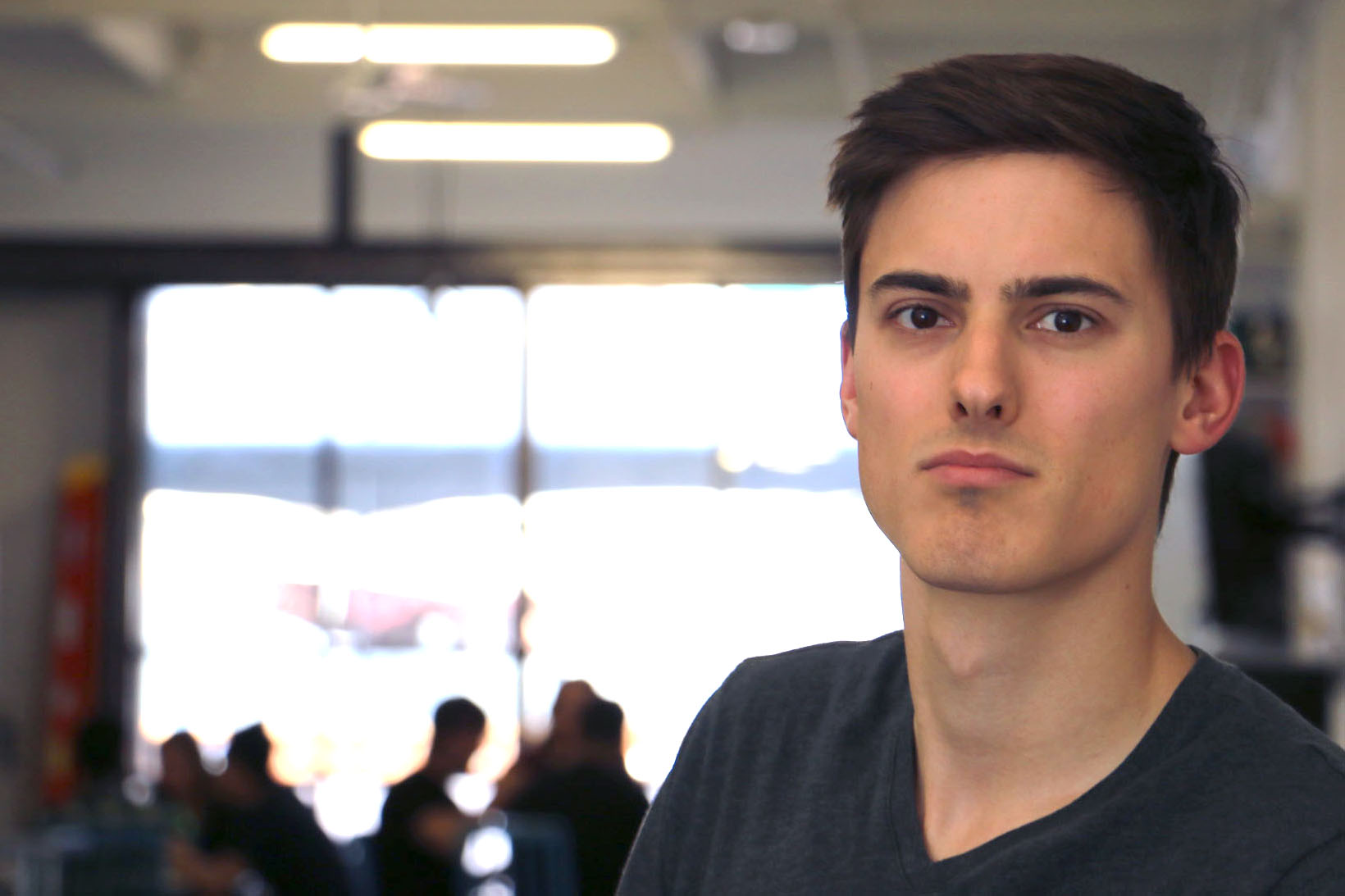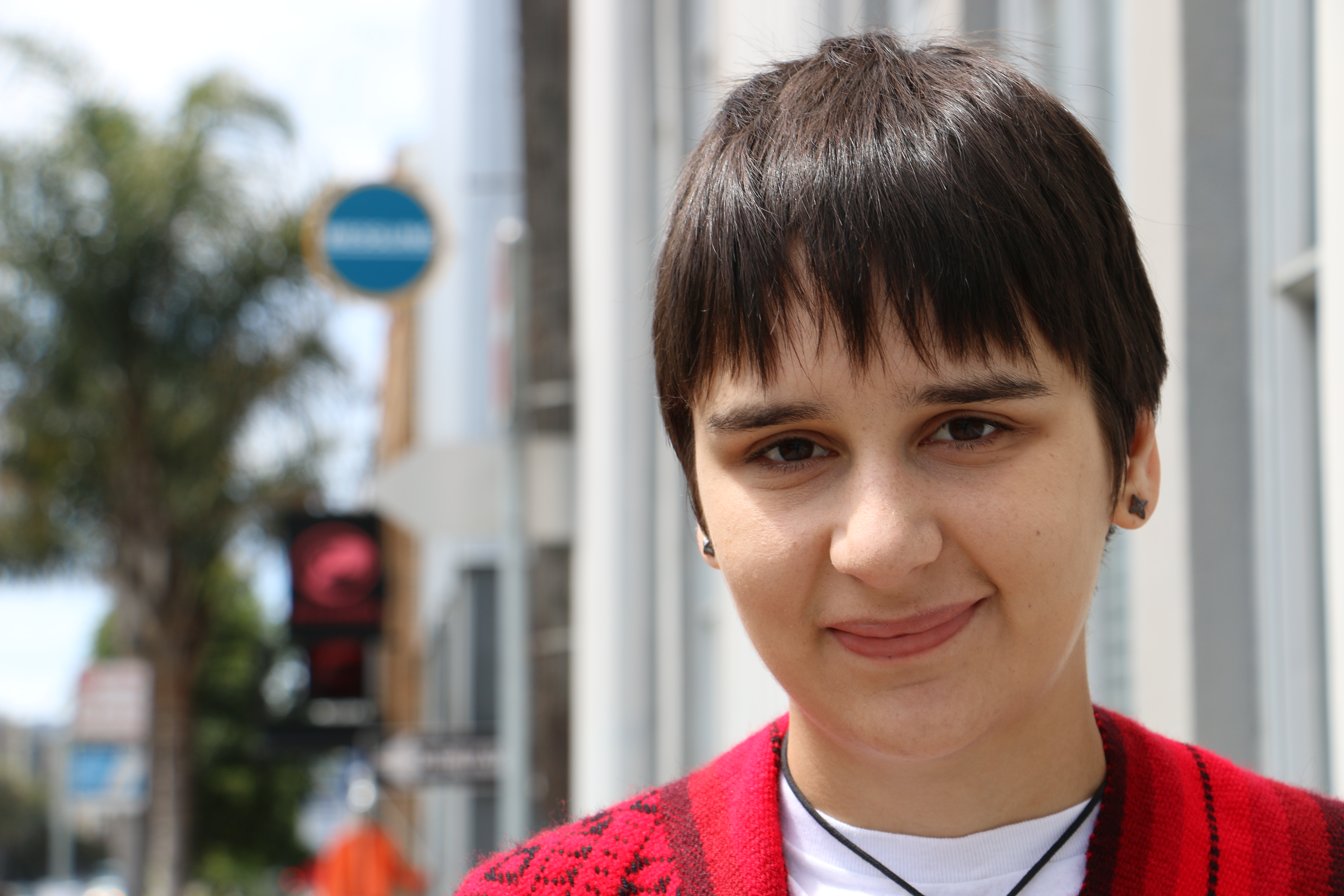
A controversial subject during this past election cycle was immigration and the ways in which immigrants contribute to the American economy.
Although much of the national discussion centered around undocumented immigrants, debate over immigrants working "high-skilled" jobs also came to the forefront.
"High-skilled" jobs are loosely defined, but generally refer to occupations that require some form of higher education. To work "high-skilled" jobs in the United States, immigrants need an employer-sponsored visa called an H-1B.
Proponents, such as tech companies and pro-immigration groups, say high skilled immigration is needed because there is a shortage of skilled workers in the U.S. for these jobs. However, some companies that hire workers with this visa have been criticized for using it to drive down wages and replace American workers.
This project explores the numbers, companies and people behind the H-1B visa program. It looks at how the program being used, who is benefitting and who may be losing out.
One thing is clear though — obtaining an H-1B visa now is not easy.
In 2016, over 236,000 applications were submitted*
*according to the U.S. Citizenship and Immigration Services Department.
The government gives 85,000 new visas per year,
with 20,000 reserved for those with graduate degrees from U.S. universities.
All applications enter a lottery,
1 in 3 make it.
For the last four years, there have been about three times as many applicants as available visas and the total number of visas granted each year has roughly doubled since the H-1B program began in 1997.
In 2015, about two-thirds of H-1B visa holders came from India. (Detailed data for 2016 has not yet been released).
In order to apply for an H-1B, employers must first submit a Labor Condition Application (LCA) to the U.S. Department of Labor. An LCA details position and the wage being offered to the prospective worker compared against the wage typically paid to a worker in that position. Each LCA typically applies for one employee, but many larger companies request multiple workers per LCA application.
In 2015, the federal government approved about 530,000 LCA’s for about 1.14 million workers, a significant increase from past years.
Below is data showing the 20 companies that requested the most workers each year from 2010 to 2015. Click on each year to see how these companies change over time.

As is seen on the charts above, many of these companies are India-based consulting and outsourcing firms. These firms bring workers to the U.S. on behalf of other companies, mainly tech companies. Several of the these firms, like Tata, Infosys and Wipro, flood the application pool, filing so many applications that smaller companies have less opportunities to win the lottery.
As applications from these India-based firms have steadily increased over the years, so have the number of high-skilled immigrants from India.
But many U.S. based companies also request thousands of foreign workers each year. In 2015, Deloitte alone requested over 153,000 workers.
So the debate continues: is it truly hard to find American workers qualified to fill these jobs or do these companies request so many immigrant employees because they can pay them less than American workers?
A law passed in December 2015 attempts to deter these companies from flooding the application pool. The law adds an additional fee for visa applications from larger companies where half of their employees have high skilled work visas.
While the majority of H-1B visa holders are employed by large tech firms, smaller companies may also seek employees who apply for the visa.
With large companies dominating the H-1B visa lottery, start-ups often face difficulties hiring employees who require an H-1B. They don’t have the funds or experience navigating the process, according to a study from Dartmouth’s Tuck School of Business.
 Clement's Story 1:36
Clement's Story 1:36
Clement Garnier faced this when he searched for a job in the U.S. He made it through the H-1B lottery last year. But his route from France to the Silicon Valley had some bumps along the way.
Over the last six months, he helped grow the start-up that hired him. The company now employs over 50 people.
Also, many of these visa hopefuls are international students. They are typically given a year (those in STEM fields now have three years) to work in the U.S. after graduation — a period called optional practical training (OPT). After that training period ends they need to apply for an H-1B if they want to stay in the country.
 Sofiya's Story 1:33
Sofiya's Story 1:33
Sofiya Taskova came to the U.S. from Bulgaria seven years ago for college. After graduation from Dartmouth College she found a job in San Francisco. In 2015, her OPT was set to expire, so she applied for an H-1B in 2015. When she lost the lottery, she scrambled to find a way to stay at her job in the U.S.
However, for many, getting the visa is just the beginning. A student visa, followed by OPT and an then an H-1B is often a route to citizenship, but that process can take years.
 Yash's Story 1:30
Yash's Story 1:30
Yash Doshi came to the U.S. from India for a master’s degree in computer engineering from USC in 2011. He got his H-1B the second time he applied.
Now after putting down roots in Northern California, he’s trying to get his green card. But he’s hit some roadblocks, and it affects his wife’s career as well.
Although Trump's exact intentions are unclear, his appointment of Alabama Sen. Jeff Sessions as Attorney General indicates regulations on the H-1B visa program may be tightened. Sessions is known for his criticism of the H-1B visa program and immigration in general.